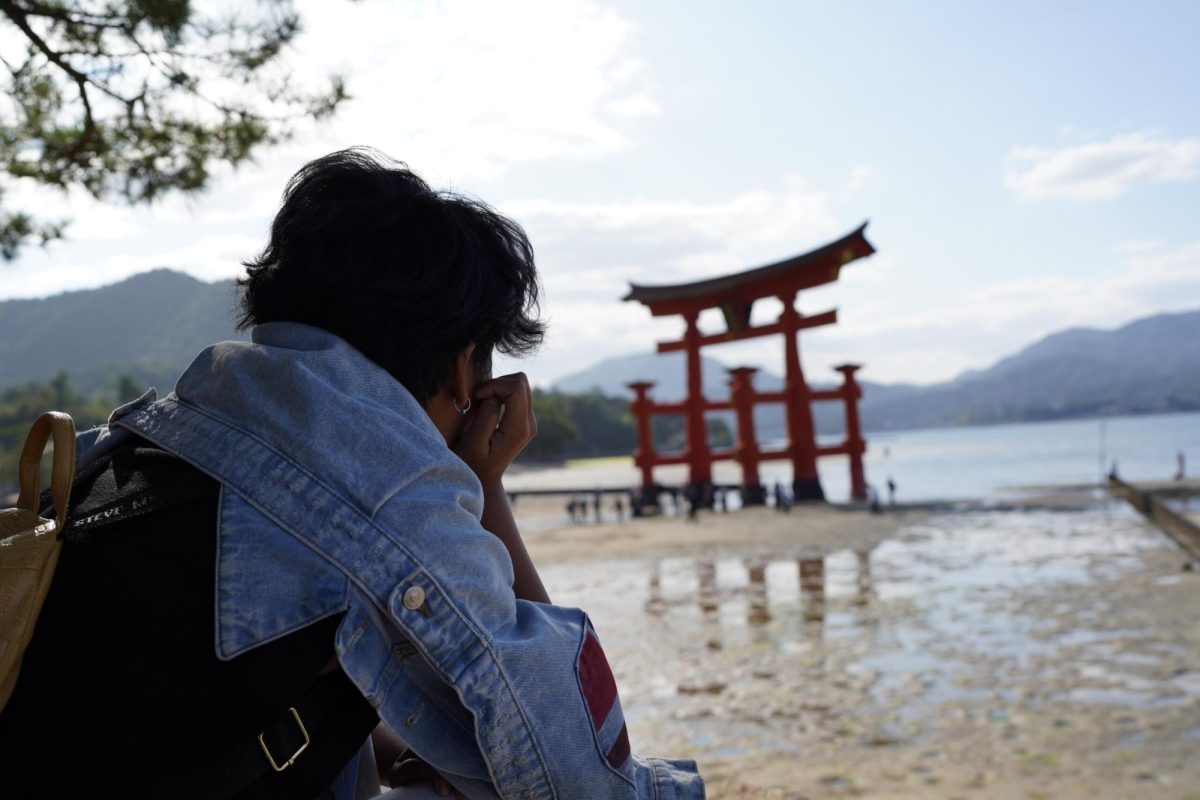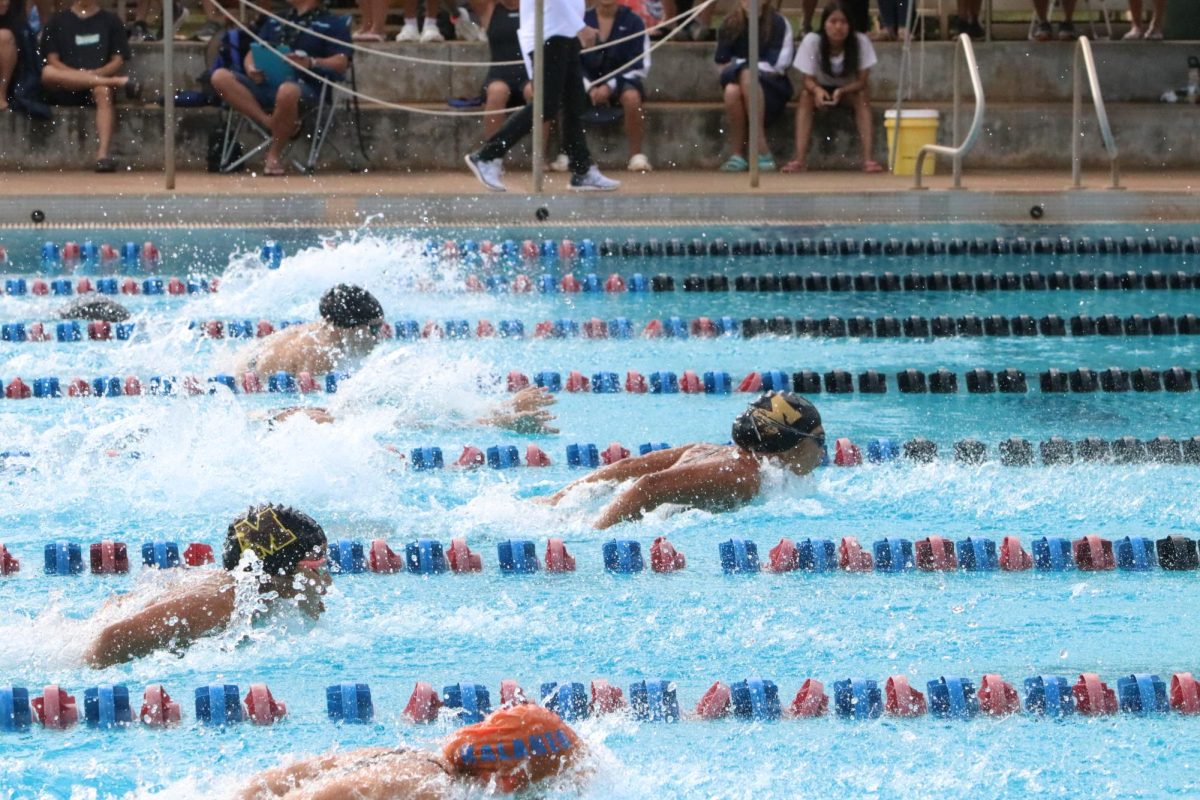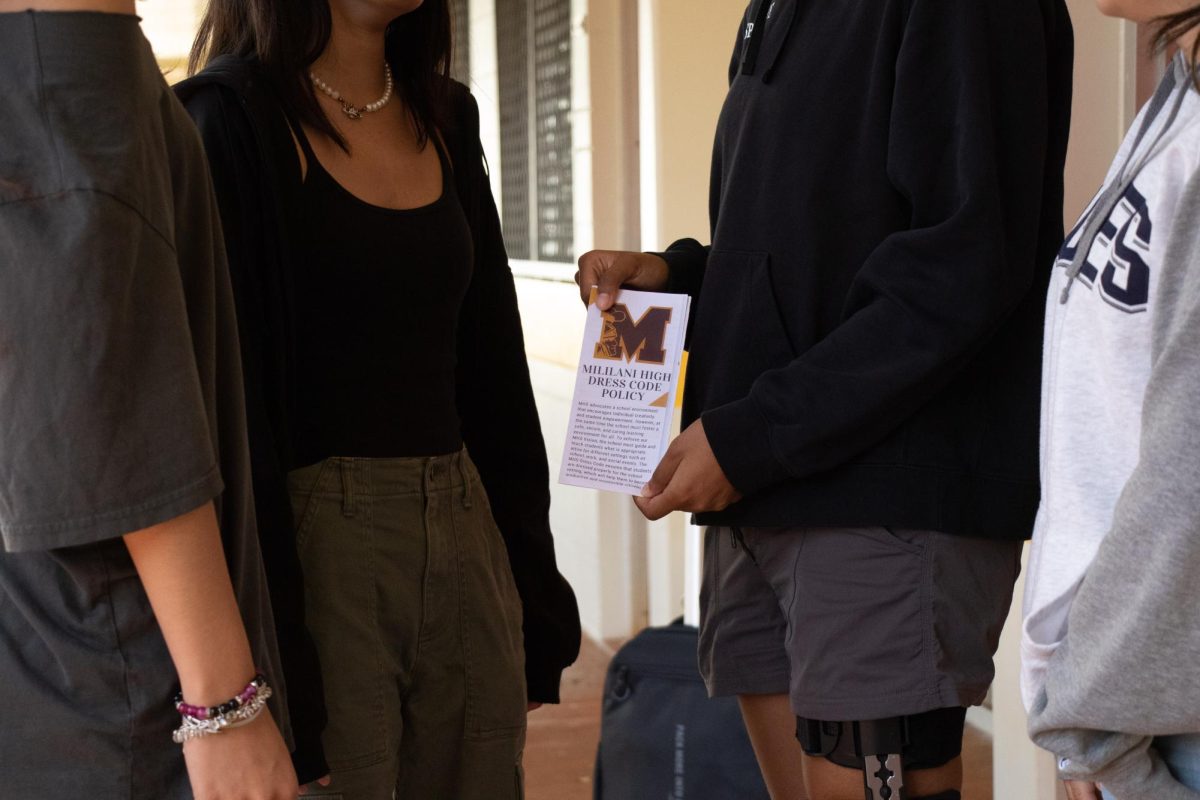Theater Screenings for Hawai’i International Film Festival’s 40th Anniversary
November 21, 2020
Every year, the Hawai’i International Film Festival (HIFF) showcases films from Asia, the Pacific islands and Hawai’i. This year marks the 40th anniversary of HIFF.
Although COVID-19 has changed the way the festival is taking place, HIFF wants to provide entertainment to those amidst these times of lockdowns. This festival is offering showings at selected movie theatres equipped with safety precautions across Hawai’i. They also have viewings online as well as drive-ins to make viewing safe and pleasurable during the pandemic.
Theatre screenings for HIFF are being held with safety precautions. Seat capacities have been significantly reduced with six-feet social distancing maintained both inside and outside all auditoriums. Viewers may enter theatres 30 minutes prior to showtime to support increased cleaning. Hand-sanitizing stations were placed throughout the theatre as well.
The festival continues through Nov. 29, but the last showings at Consolidated Mililani are on Nov. 22. For more information about scheduling, visit https://hiff.org/
Movie Review: Made in Hawai’i Shorts 2 – 64 min.
This program featured six short films ranging from 2-17 minutes. All films were documentaries filmed and created in Hawai’i that touched upon a range of social, political, and cultural issues.
“Beach To Farm,” directed by Keisuke Imada, followed Joel Centeio, who moved from a house by the beach to an off-the-grid farm in Waialua. Stunning cinematography highlighted the beauty of Hawai’i’s nature and captured the Centeio family’s new lifestyle of raising animals, growing vegetables, and learning to live off the land. While it focused on the changes the specific family made, the film also sent an inspiring message of the possibilities of sustainable living in Hawai’i.
“Colors of Kaua’i,” directed by Mark Miller, documented Kauai’s first LGBTQ+ Pride Parade. There was a diversity of interviewees who were all impacted by this social change in their home island, such as a transgender activist, a gay politician, and young teenagers who attended the event. Footage from not only the parade, but also the interviewees’ personal lives, placed emphasis on the event’s impact on individuals who grew up with a less accepting community towards LGBTQ+. The theme of their humanity was communicated until the very end of the film, where the credits were accompanied by outtakes and extra tidbits from the interviews.
“En Route,” directed by Reno Champ, presented a startling new tone in a documentary that was as poetic as it was cinematic. This film followed one individual, a local youth whose passion for fire knife dancing helped him overcome personal hardships. His voiceover was the propelling force behind the film. The video, which never cut to an interview setting, included footage of the individual in a red box full of smoke or wandering through a smoke-filled forest. The combination of these symbolic scenes, widescreen format, and vivid blue and red tones furthered the film’s more serious, introspective themes. The movie ended with his fire knife dancing performance accompanied with traditional Hawaiian drums: a fitting, dramatic finish to the five-minute documentary.
“Kama’āina (Child of the Land)” was directed by Kimi Howl Lee and was another unique take on the documentary genre. In the style of a narrative short film, the movie told the story of a sixteen year-old girl, Mahina, who struggled after becoming homeless before finding a community at Pu’uhonua o Wai’anae, the largest homeless encampment on Oahu. The characters were played by houseless actors and depicted the hardships of homeless youth. One memorable stylistic choice was the cross-cutting between shaky, close-up shots of Mahina’s facial expressions and wide, still shots that framed her as one facet of the greater background. This back-and-forth seemed to illustrate the disparity between her struggles and how insignificant they appeared to the outside world.
“Maunakea: Sacred Mountain, Sacred Conduct,” directed by Meleanna Meyer and Tom Coffman, documented the protests against the building of the TMT on Maunakea. In addition to interviews with activists, the powerful footage of the protests was enough to speak for itself. The film showed individuals of all ages singing and dancing to traditional Hawai’ian music, police officers arresting the elderly by carrying them into police vehicles, and breath-taking wide shots of Mauna Kea mountain from above. The simple, journalistic style communicated the message: Hawai’ians were fighting to protect the earth they held as sacred and demonstrating the aloha ʻāina that this heated issue had inspired.
“Poi Dog Lessons,” directed by Kimberlee Bassford, presented a lighter tone that concluded the Made in Hawai’i Shorts 2 program. This film touched on the more recent issue of of racism against Asian-Americans during COVID-19. Maki’ilei Ishihara from the Honolulu Theatre for Youth had co-produced the video in response to these events. Titled “Poi Dog,” a slang term in Hawai’i that refers to someone of mixed race, the video had highlighted the importance of cultural identity and acceptance.



